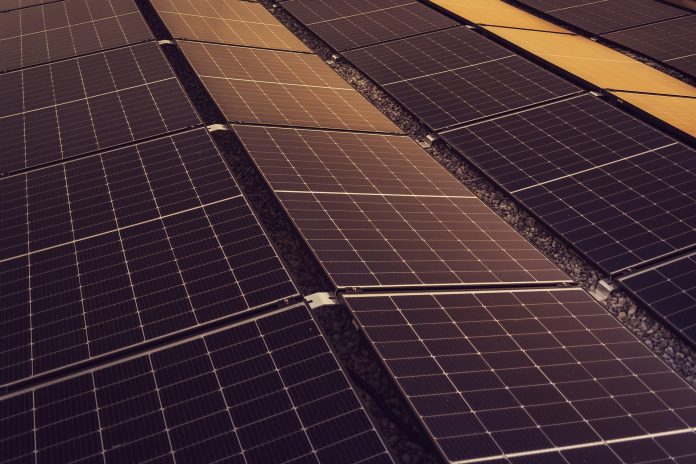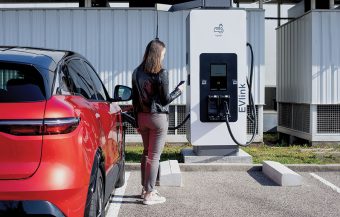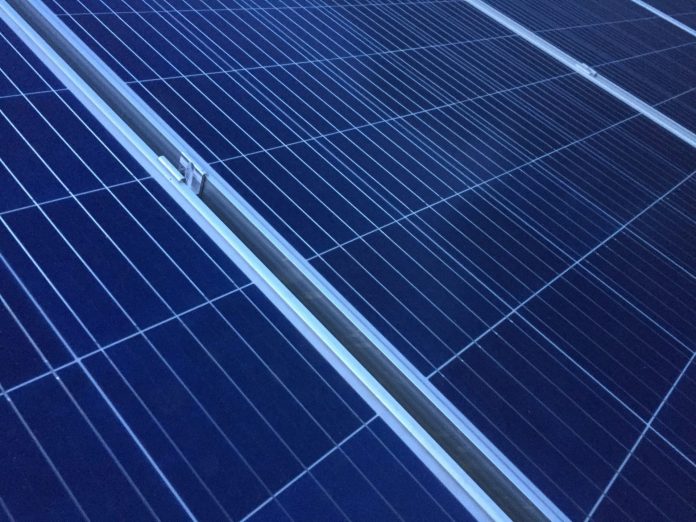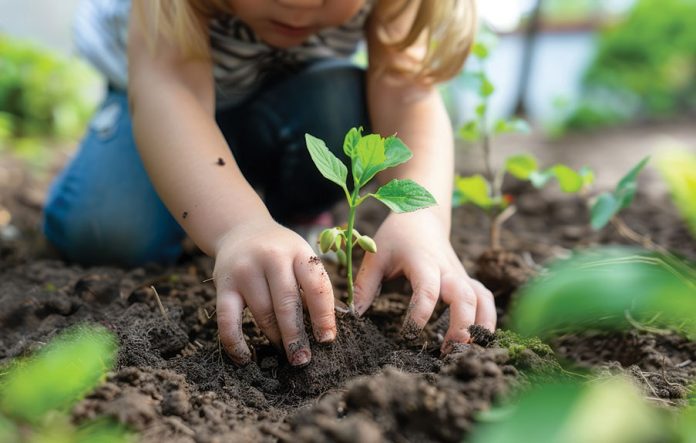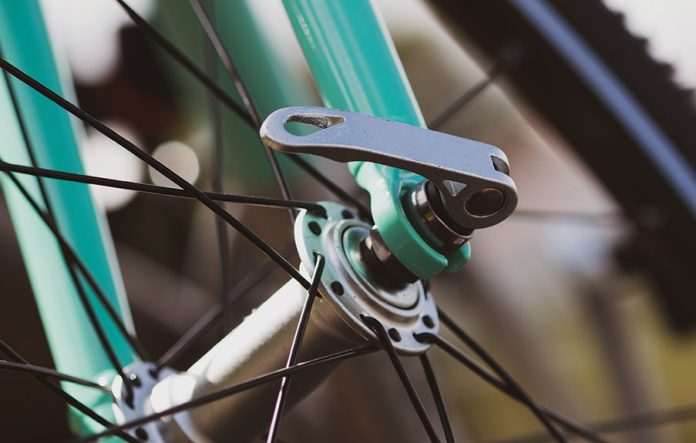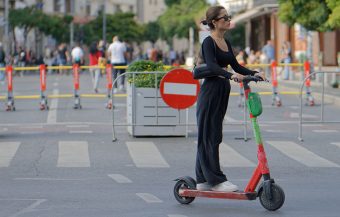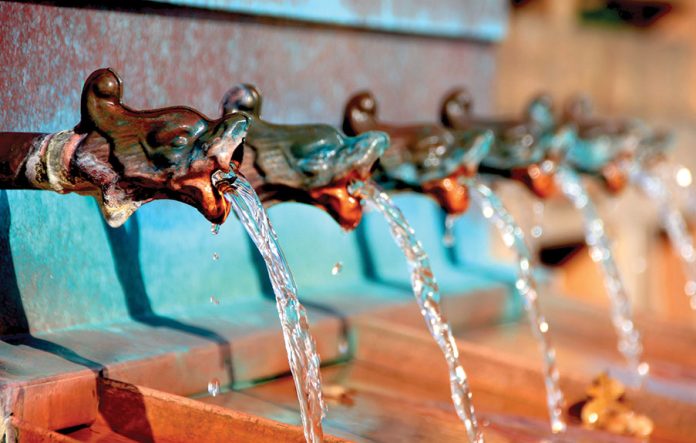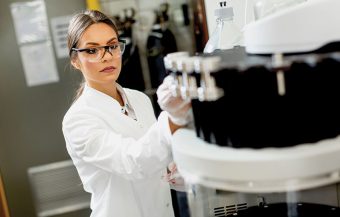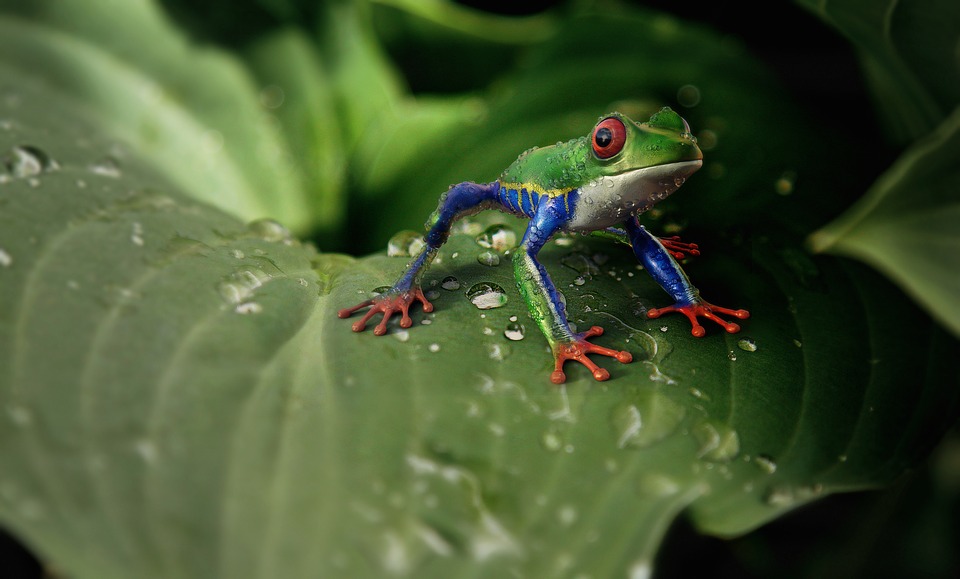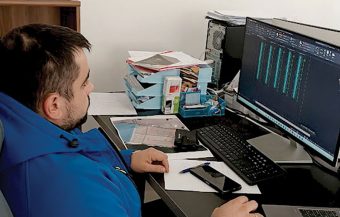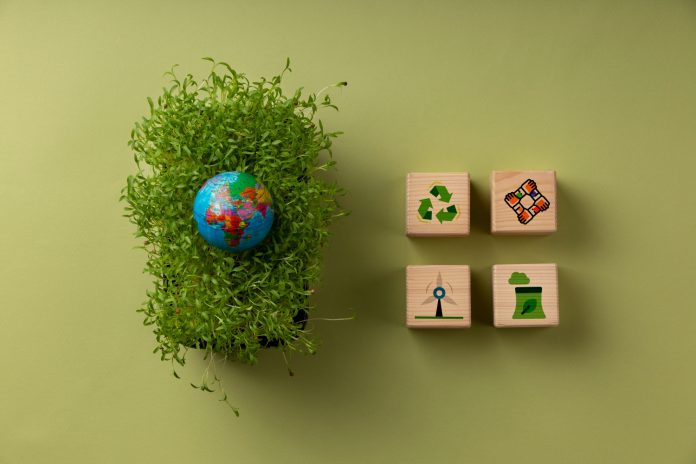At the end of 2024, the Government of the Czech Republic approved the update of the National Climate and Energy Plan, a joint initiative developed by the Ministry of Industry and Trade and the Ministry of the Environment. The updated plan focuses on potential development scenarios for the Czech energy sector until 2030, emphasizing compliance with European targets while ensuring energy supply security.
Following government approval, the updated plan envisions a significant increase in capacities from renewable energy sources and nuclear energy to meet climate targets in the most cost-effective way. The strategy highlights the role of renewable energy sources and nuclear power, while gas remains an important part of the energy plan, as stated on the Ministry of Industry and Trade’s website.
The plan outlines that the share of RES in electricity production will grow from 16.5 percent in 2023 to 28 percent by 2030 and further to 46 percent by 2050. It is projected that nuclear energy will account for approximately 44 percent of electricity production by 2030, with new reactors expected to increase this share to 68 percent by 2040. Additionally, 28 percent of heat energy in the Czech Republic currently comes from renewable sources, with plans to increase this share to 40 percent by 2030 and 74 percent by 2050.
The plan details the role of natural gas as a transitional energy source, which, due to its stability and ability to provide quick production, complements the less predictable output from renewable sources. However, it is anticipated that gas will gradually phase out from the energy mix, replaced by renewable and low-emission gases, including hydrogen.
More:
- North Macedonia: Funding Secured for Three Solar Power Plants and Expansion of the Bogdanci Wind Park
- Huge Response to Projects for Standalone Energy Storage in Bulgaria
- ADEX Group Acquires HUPX – A New Era in Regional Electricity Trading
The goal of the updated plan is to reduce greenhouse gas emissions by 55 percent by 2030 through the development of RES, improvement of storage and system flexibility, energy savings, and the gradual elimination of fossil fuels, including the complete cessation of coal mining and combustion by 2033. It also envisions a fivefold increase in energy production from solar panels and wind turbines, an increase in building renovation rates (currently supported through the „New Green Savings” program), and the development of nuclear energy.
Currently, the Czech Republic operates six nuclear reactors that generate about one-third of its electricity. The plan includes significant capacity expansion, with up to four new large energy blocks and the introduction of up to 3 GW of capacity from small modular reactors.
This update comes after the Czech Republic was among 13 EU member states criticized by the European Commission for delays in submitting the updated version of the document, leading to infringement proceedings. However, following months of negotiations and finalization, the updated plan avoided severe penalties. It now places greater emphasis on renewables and nuclear power as the foundation of future electricity production, along with an expanded role for gas sources and a crucial commitment to phasing out coal use by 2033.
With this plan, a drastic reduction in energy import dependency is anticipated by 2050, provided the outlined goals are achieved.
Energy portal


